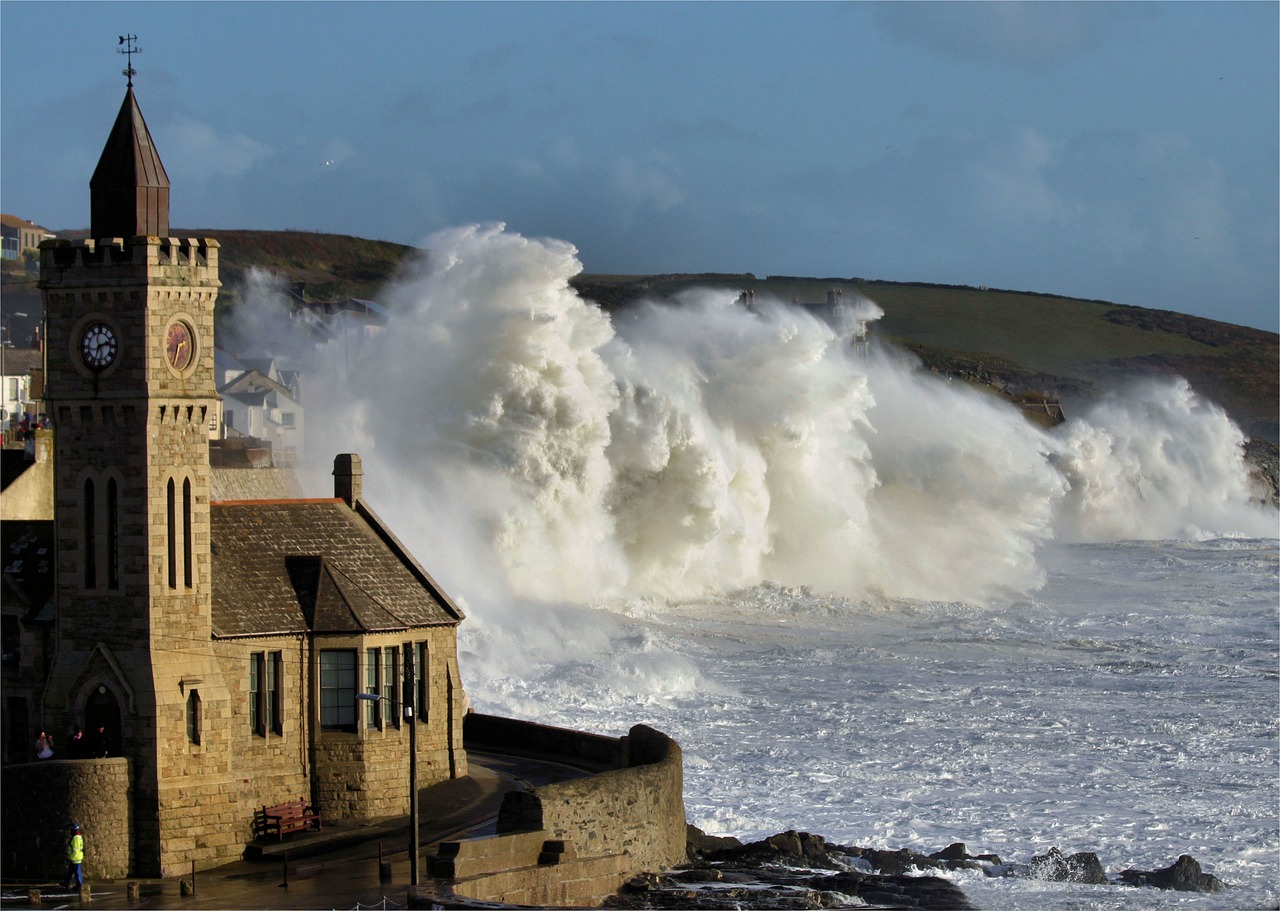
When most people envisage a trip to Cornwall it’s likely to revolve around freezing sea dips and country walks rather than art. However, the west region has an enormous amount to offer, born out of the area’s rich history of British modernism and the advent of a new contemporary art festival entitled Groundwork, which has just inaugurated its second wave of temporary installations, interventions and performances and which runs until September.
The obvious place to start is St Ives, the enormously popular seaside town that was once home to Barbara Hepworth, Henry Moore, Wilhelmina Barns-Graham and many more influential modernists. If you arrive by train (a ridiculously scenic journey that ends right by the beach) be sure to take the cliffside steps into town, as you’ll pass a Hepworth sculpture gazing out to sea, as if it has been there for hundreds of years.
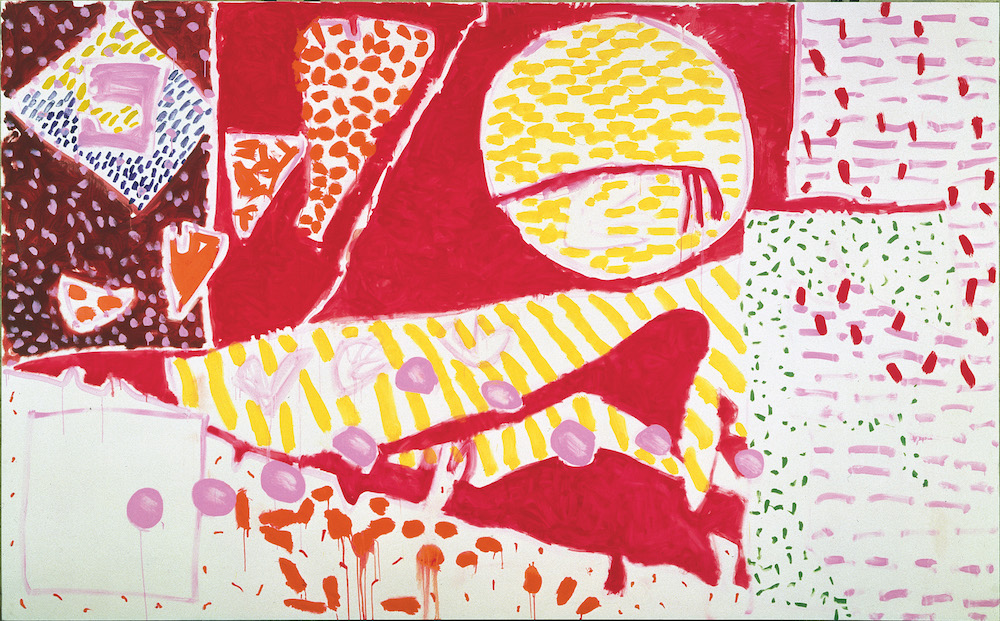
A quick stroll through town will bring you to Tate St Ives. The recently extended museum now features new galleries, which are currently housing a Patrick Heron retrospective, in addition to his longstanding stained glass, which is visible in the entrance hall. The artist made his home in nearby Zennor and this show brings together canvases from the fifties, throughout the decades, right up to his death at the end of the century. Meanwhile, Gallery Eight is exhibiting the legacy of modern art from the 1960s onwards, and this curved space—which is notoriously difficult to curate not only due to the lack of straight lines, but the astounding and distracting glass façade overlooking the sea—features pieces from Helen Frankenthaler, Lee Ufan and Lubaina Himid.
“If you arrive by train (a ridiculously scenic journey that ends right by the beach) be sure to take the cliffside steps into town”
Just outside the museum and right on the shoreline, stop for refreshments at Porthmeor Beach Café, a slick seaside venue that offers everything from coffees to cocktails (take your pick from inside dining, the terrace or individual heated booths). Next, make a quick detour past Porthmeor Studios. These converted net lofts are some of the oldest artist residences in the country and include studio space for Tate St Ives’s Artists Programme. The most recent recipient is Rana Begum, whose abstract, pallid plaster forms and neon nets recall the historic exploration of form and colour in the town. They are on show at the gallery throughout the summer.
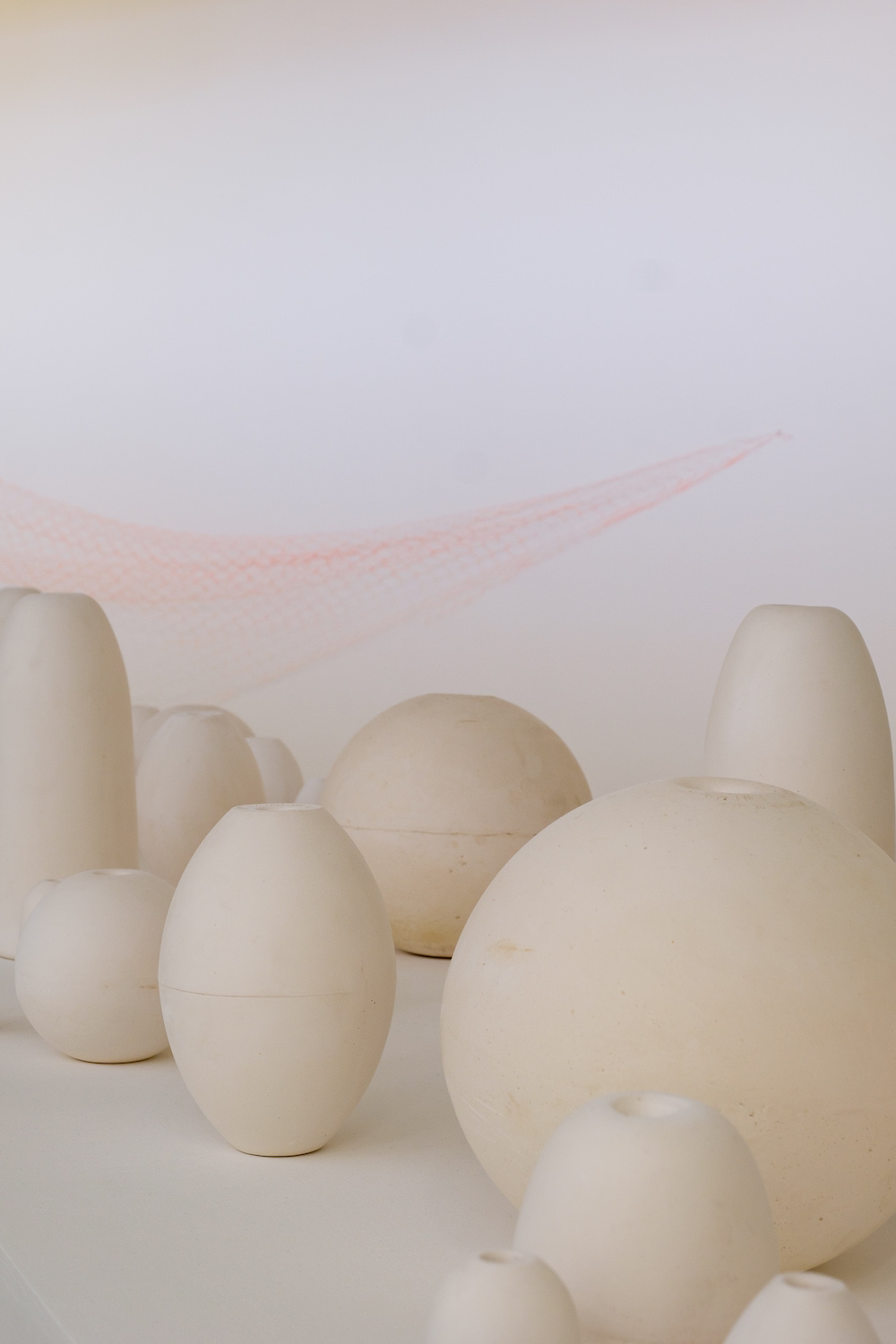
A five-minute walk through the cobbled streets brings you to the Barbara Hepworth Museum and Sculpture Garden. If you gaze up from the steep, narrow road you can’t possibly imagine that this tiny walled plot holds such an enormous amount of her work. Along with the cluttered studios and more curated gallery, the garden is the star of the show. It is filled with bronzes that remain as they were arranged by the artist, often filling with water and reflecting ripples across their surfaces—Hepworths really are meant to be seen in nature.
“If you gaze up from the steep, narrow road you can’t possibly imagine that this tiny walled plot holds such an enormous amount of her work”
If you’re in need of another break, the harbour is filled with traditional seaside fare. Try Moomaid of Zennor for delicious local ice cream or grab some fish and chips and sit on the harbour arm. Alternatively, if you’re lucky to snap up one of the coveted outdoor spots at Hub bar and restaurant, you can enjoy a burger and a craft beer with an enviable view.
About half an hour away by car or train (if you time it right) brings you to Penzance, which features two small but perfectly-formed art institutions known as the Newlyn Art Gallery and The Exchange. Both venues are hosting Rose Wylie’s exhibition History Painting. The large-scale, playful works at Newlyn directly reference the voyage of the Mayflower (which landed in the town before setting sail for America) and are complemented by a film work by Ben Rivers, which reflects on the artists’ enduring friendship. Meanwhile, The Exchange is showing paintings inspired by subjects as disparate as Quentin Tarantino movies, celebrity culture and the Blitz.
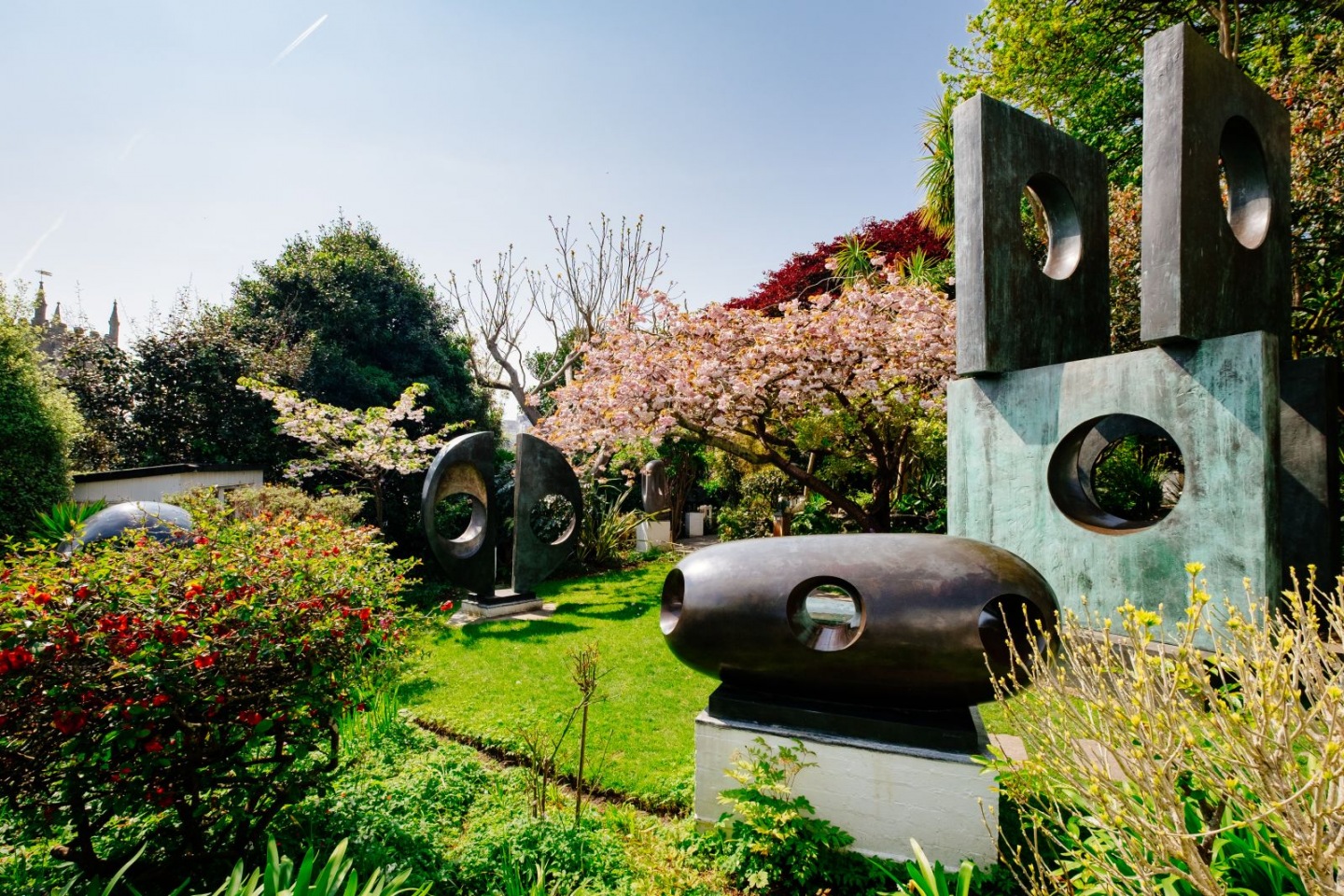
For another dose of clashing cultures, the nearby Chapel Street offers an array of excellent second-hand bookshops that also hold a fair amount of artist prints. It also features Penzance’s most flamboyant building: Egyptian House features brightly painted mouldings of eagles and lotuses, heavily decorated pillars and complex geometric window panes. It was originally built as a museum and geological repository but now serves as holiday apartments. Across the road, be sure to stop for a pint at the Admiral Benbow. This idiosyncratic boozer showcases a lifetime of marine-themed collecting, along with other bizarre paraphernalia.
A ten-minute walk to Richmond Chapel offers the chance to experience Janet Cardiff’s Forty Part Motet, as part of Groundwork. Every one of forty male voices from the Salisbury Cathedral Choir are played through individual speakers, offering visitors the chance to experience this recording of the sixteenth-century choral masterpiece Spem in Alium Nunquam Habui with unusual intimacy.
Travel further west into St Just and head to the Jackson Foundation Gallery, an impressive environmentally-friendly white cube that is currently showing an exhibition of paintings by recently established Cornwall resident Denzil Forrester (until 23 June) followed by a show of new works by Kurt Jackson, the gallery’s co-founder. While in the town it would be criminal not to treat yourself to a traditional Cornish pasty from Warren’s Bakery, said to be the oldest purveyor of the food in the whole world.
The next stop, Helston, takes just over half an hour by car. It is home to CAST (Cornubian Arts and Science Trust), the headquarters of Groundwork. This converted schoolhouse is currently hosting Francis Alÿs’s film The Silence of Ani, which recalls the legacy of genocide in the Armenian valley, as well as Laureana Toledo’s sound and video installation Order and Progress. The piece features live performances by cellist Natalia Pérez Turner and draws connections between Mexico and Britain, specifically referencing the history of colonial exploitation.
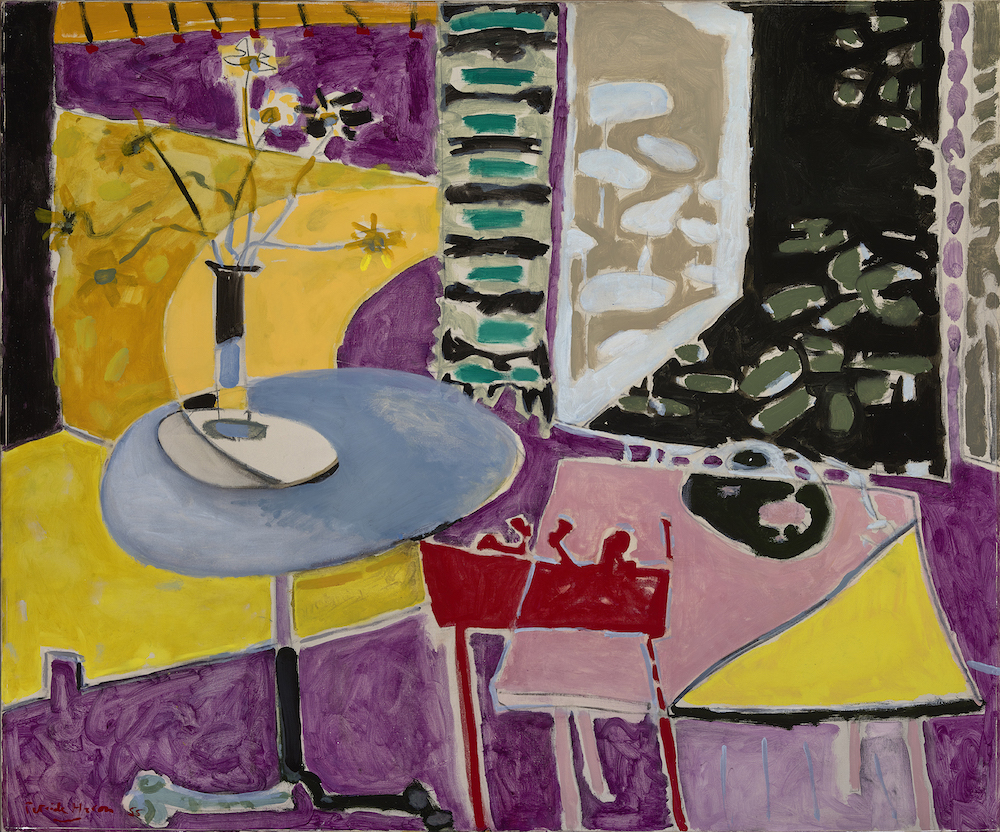
CAST also features a fair range of activities, from workshops to film screenings, some of which take place in the newly refurbished café which is complete with a crowdfunded wood burning stove. The seasonal, locally sourced menu includes some twists on traditional Cornish recipes, including a cordial known as “shrub”. This botanical drink dates back to the eighteenth century, where it was used to disguise the briny taste of smuggled rum that had been tainted with seawater. The updated version makes for a killer cocktail ingredient.
“This botanical drink dates back to the eighteenth century, where it was used to disguise the briny taste of smuggled rum that had been tainted with seawater”
If you have the energy, make one final stop to Porthleven, known to be the most storm-battered seaside town in the country. The harbour features a prominent building that resembles some kind of maritime fortress (complete with 70ft clock tower), but it is actually the Bickford-Smith Institute. It was originally opened as a place for scientific lectures, study and telegram services back in 1884, but is now a snooker club. Until 1 July you can experience “various sculptural and narrative elements” that engage with local history, created by Chris Fite-Wassilak and Sophie Mallett. Look out for the snooker lessons too if you fancy some tuition.
For a final rest, the Harbour Inn features the perfect portside garden, plenty of locally-brewed beers and a hearty seafood platter. However, if the Porthleven winds are roaring either head over to Rick Stein’s more sheltered restaurant on the other side of the harbour or hunker down in the Inn’s prime window seat and enjoy the view across the sea, for a typically ferocious and utterly picturesque Cornish vista.





